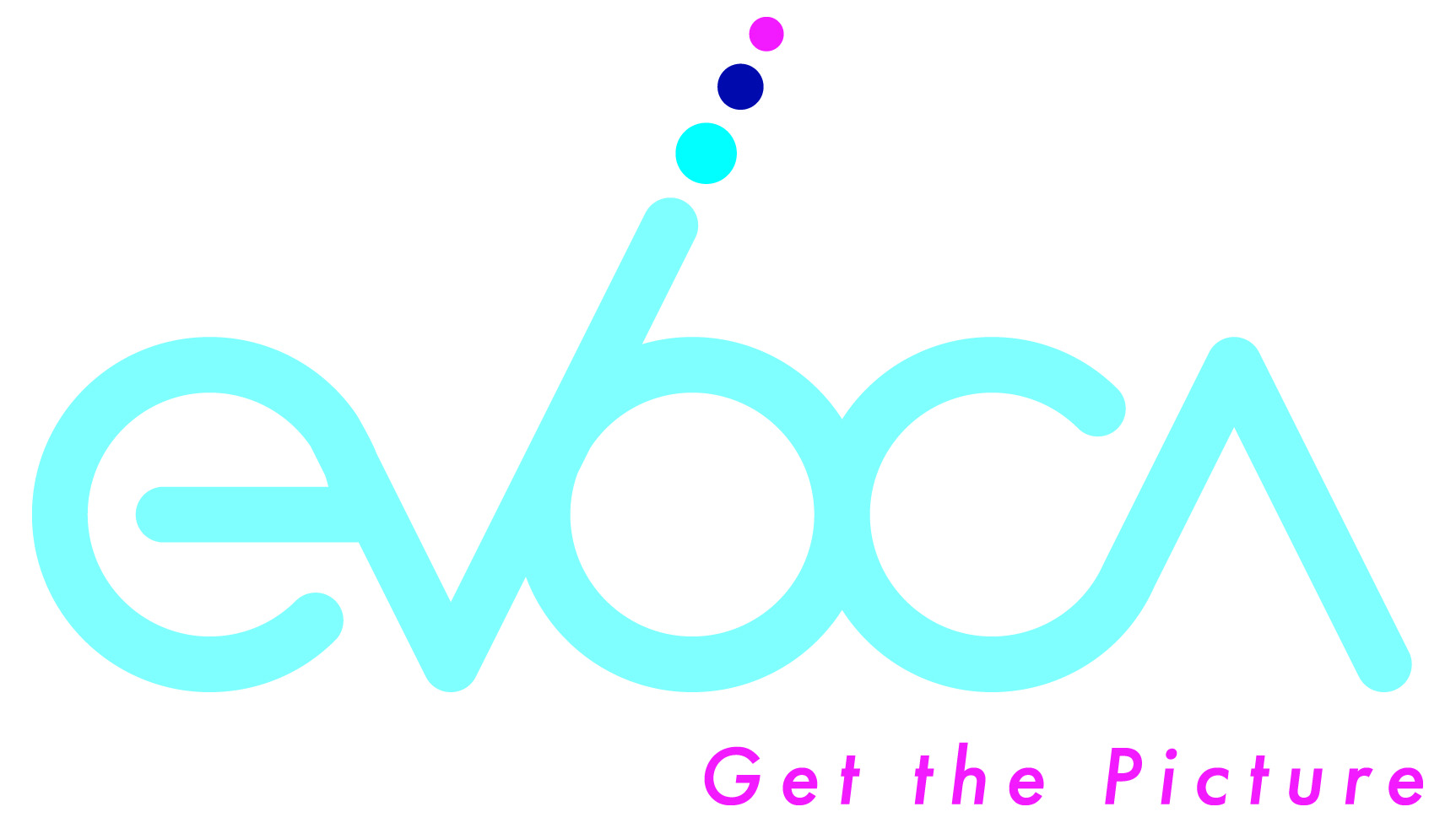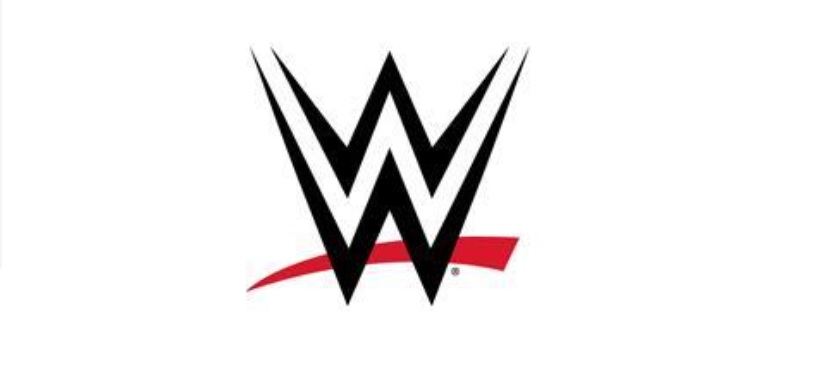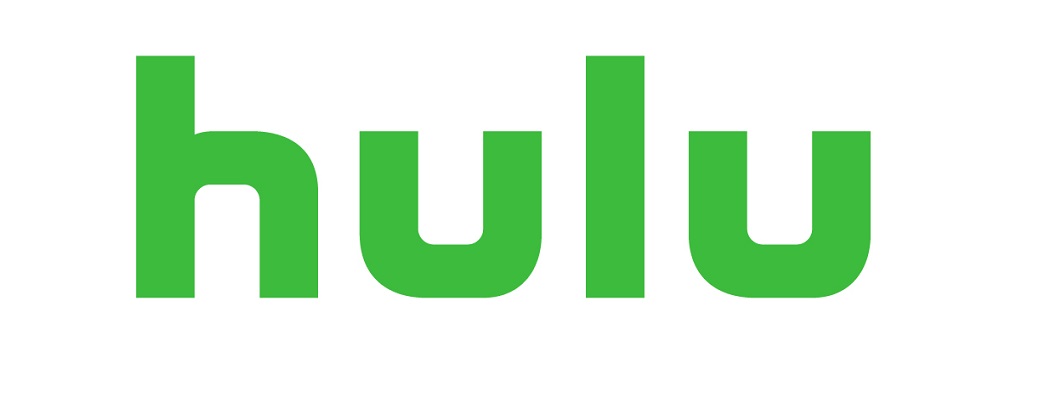Ok. This is going to get a little technical, so don’t say we didn’t warn you. EVOCA, a new TV service set up to take advantage of the ATSC 3.0 standard is looking for an exemption from the FCC which was set up to make sure that existing stations didn’t hamper customers ability to receive existing signals during the transition to the coming standard. At the moment the majority of broadcast TV stations operate using the ATSC 1.0 standard.
To most people, this terminology is probably meaningless but it is what people think of as standard over-the-air TV. The ATSC 1.0 standard is what created what is known as the digital subchannels that have allowed for networks like Me TV, Comet, Antenna TV, and others to be delivered to homes.
Readers may remember when special digital receivers were needed to allow previous generation TVs to convert signals the last time the standard changed. Households actually were able to get those conversion boxes for free in order to continue watching TV, though over time it became less and less necessary because TVs started including built-in tuners capable of delivering ATSC 1.0 otherwise known as digital TV.
Why the history lesson? Because that previous experience somewhat informed the current rules for the transition from 1.0 to 3.0. At the moment most TV stations across the country operate using the 1.0 standard but they are adopting the updated standard bit by bit. But when the stations begin to broadcast with the new ATSC 3.0 capabilities they are required to continue to broadcast using ATSC 1.0 as well. This way TV viewers will not have to again purchase or receive a converter box to watch free broadcast TV.
Now, why is EVOCA looking to be able to broadcast in only ATSC 3.0? Because the entire service is built to use ATSC 3.0. The service started in Boise Idaho and as it goes to new markets it is setting up shop and providing set-top boxes that will allow users to watch the ATSC 3.0 signal as part of the service, much like any cable company provides a digital cable box. The sticker is that EVOCA never had a service that used the ATSC 1.0 standard. In fact it was not even possible to do so. Therefore, as it enters new markets it is not depriving any viewers of the ability to do anything they would have otherwise been able to.
This might have been just about the wonkiest article we have ever published, but as ATSC 3.0 continues to grow, you will likely hear more about issues like this with local stations and new services. Hopefully like the digital change over, more new TVs will be built with the new standard in mind and help viewers avoid problems as the changes become more mainstream.






